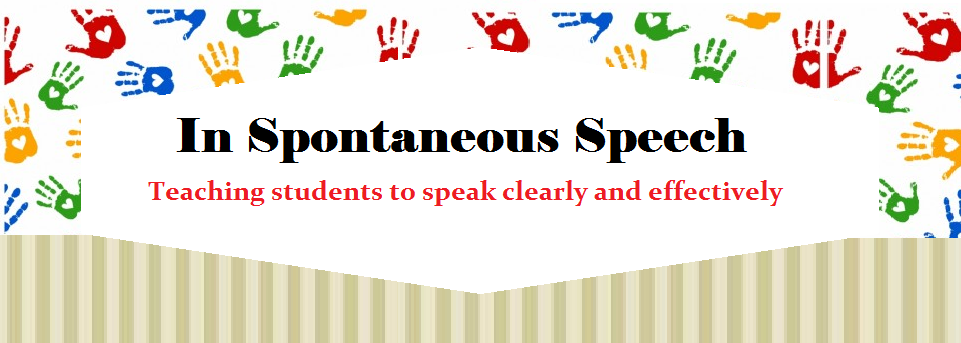
You may remember in the original posts of this blog, I wrote about using a push-in model of therapy with Kindergarten students using table games to teach concepts that were measured on the The Boehm Test of Basic Concepts. For those of you who are unfamiliar with this test, The Boehm Test of Basic Concepts is a norm-referenced, standardized test of fifty common language concepts for children in Kindergarten through second grades. The concepts are important for following classroom directions and when acquiring math skills. Children with language delays, 2nd language learners, and those with lack of preschool experience benefit from direct instruction on these. The vocabulary section on this blog has some of the games that we developed and adapted. If you are interested in researching back to the original posts just put Concept Groups in the search bar and you can see how a year of school lesson planning went. I still use the same activities so they have held up over the test of time.
One of the Activities, “The Never Ever Dinner Plate” needed some refreshing. My sets are looking a bit worn after 5 years. The directions are in the vocabulary section but you still need to do quite a bit of work finding the clip art and collecting it together. This can be daunting when you don’t have much time and you are not sure of its true value. I decide to make a new set and preview it here so you could see what it actually is. This game/activity was used to teach the negatives (never, not), the concepts of match, full, half, and categories of food. It is also good for talking about a balanced diet if you have a nutrition program or theme. It was used in our Lifeskills program for that purpose.
The original game was played like this: Each child was given a plate mat and 3 pictured food items that match the outlines of the foods on the plate. I make a set of plates for each table so that each child will have a different plate. I made the meals balanced so dairy, vegetables, fruit, proteins, and grains are represented. There are also a set of non food items for each table group. These are items a child would never eat. The cards, including the nonfood items, are mixed and placed face down in rows in the center of the table. Students take turns flipping one card over on their turn to see if it matches a food item on their plate. If it does they can place it on their plate. If it doesn’t they turn the card back over. If it’s a non food item, emphasize that children “never” eat it. It is “not” food. The nonfood item is then flipped back over. They are basically foil cards. While you are playing you can also discuss categories of food and if their plate is ½ full empty etc. The game is over when one of the children is able to fill their plate with the proper food items. I have them swap plates and they are always eager to do it again. There is usually a lot of discussion about what they do like and don’t like to eat.
The full set of 10 plates is available at TPT. Click on the apple for quick access.









